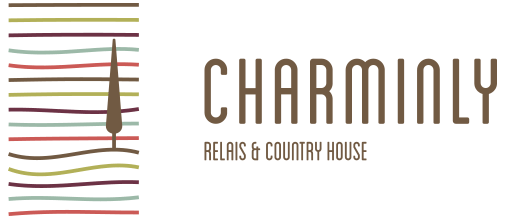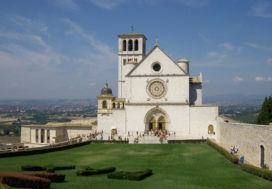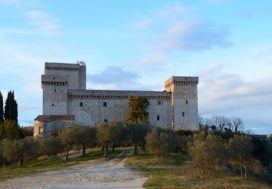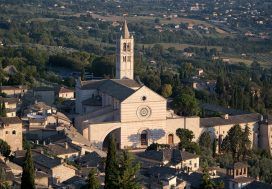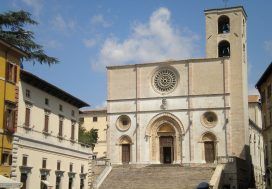A holiday at the Agriturismo La Ghirlanda, and Le Cerque, located in Umbria in Gualdo Cattaneo in the province of Perugia, will give you the possibility to admire some of the most beautiful and interesting towns of Umbria.
Todi
Todi, which is located in the province of Perugia, sits on a gentle hill whose height is a little more than four hundred meters. They were the Umbrians to establish it at the turn of the VIII and VII century. After the barbarian invasions it was annexed to the Byzantine Empire.
It was a free commune during the Middle Ages and until the annexation with the Italian state it was part of the possessions of the church.
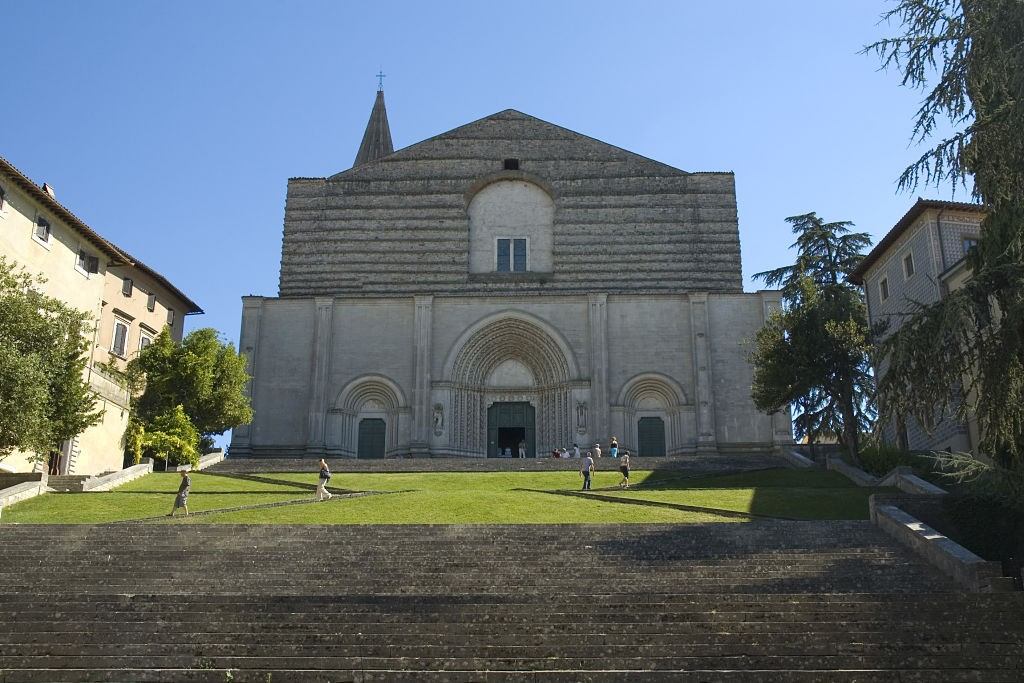
San Fortunato Church Todi
Today the city of Todi offers a wonderful historical center of clear medieval setting, where civil and sacred buildings of remarkable prestige stand out, as for example the Duomo dell’Annunziata, the Palazzo dei Priori, the Palazzo Vescovile, the Palazzo del Capitano and the Palazzo del Popolo.
The beautiful Piazza del Popolo is instead the central and historical town square. Then of particular interest are the Chiesa di San Fortunato, a wonderful representation of the thirteenth-century Gothic style and the Santa Maria della Consolazione Temple, which is located just outside the city walls, a beautiful example of Renaissance art built maybe by the project of Bramante.
Not to be missed then the visit to its fortress, to the Municipal Art Gallery which depicts a true historical memory and to the Roman Cistern, an incredible path that winds for over five kilometers of galleries and tunnels, over thirty cisterns pre-Roman and Roman but also medieval and five hundred wells of different eras.
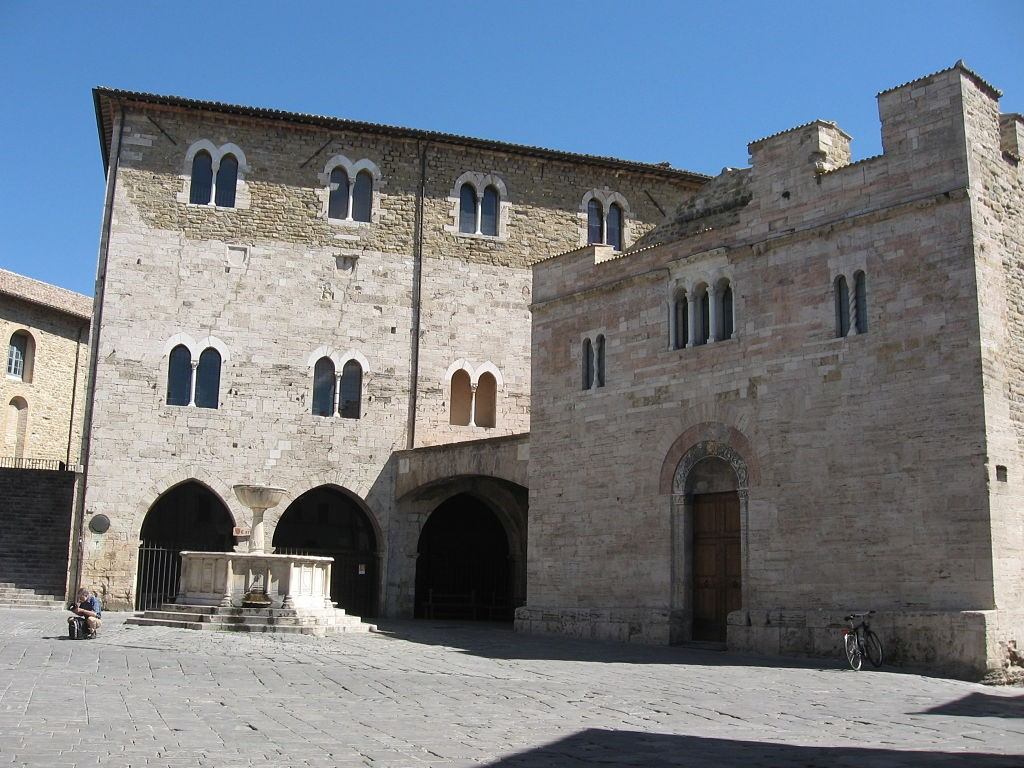
Piazza Silvestri Bevagna
Bevagna
The medieval Bevagna which is located in the province of Perugia, was once known for its valuable paintings. Today, it was awarded with the orange flag and is also on the list of the most beautiful villages.
Being already a Roman town, during the imperial era it had some prosperity dictated by its strategic position along the Via Flaminia and by the fact that it was a river port. In the IX century the Lombards destroyed it. Federico Barbarossa in 1152 captured it, the Conte d’Aquino in 1249 destroyed it, as well as Corrado Trinci in 1375.
Evidence of its past are the Consuls Palace of 1270, the medieval Piazza Silvestri and the San Michele Arcangelo Church built in the late XII century, which has an incredible monumental facade of Romanesque style.
Instead, on the ground floor of Palazzo Lepri is situated the really interesting Museo civico, while in the Santa Margherita Church and Monastery you can admire many important artistic evidence. Not to be missed the Cecco’s House, an interesting medieval building and the famous Carteria.
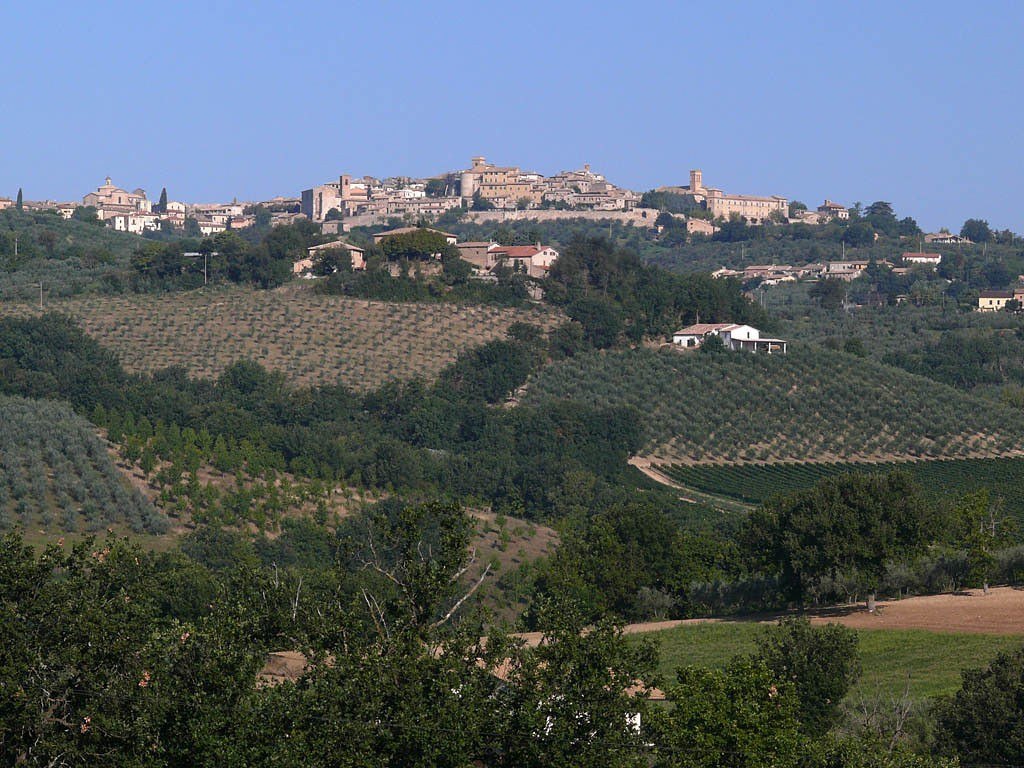
Montefalco view
Montefalco
Situated on the top of a hill and surrounded by olive groves and vineyards, it is also known as the Railing of Umbria for its panoramic position.
The rich and well preserved charming old town runs from Piazza del Comune, where there is also the former church of Santa Maria di Piazza. Also of great value are its walls and its gates, among of which stands out the Sant’Agostino Gate including its towers, the most notable of which is the Torre del Verziere.
Of vivid interest is a visit to the San Francesco Museum, where important works of art and archaeological finds are kept, together with the Municipal Art Gallery and the ancient cellars of the Minor Conventual Friars of Montefalco.
Among the beauties that are not to be missed in Montefalco there are also the thirteenth century church of Santa Lucia, San Bartolomeo Gate and San Bartolomeo Church, the Church of San Leonardo, but also the Church Santuario di Santa Chiara da Montefalco with frescoes of the XIV century, the Church of Santa Illuminata, the Church of Santa Maria di Turrita, as well as the Pieve di San Fortunato, the Church of Sant’Anna and the Church of San Rocco. Among the other wonders of this ancient village there are also the Castello di Fabbri, dating from the XIV century and the Sanctuary of the Madonna della Stella.


